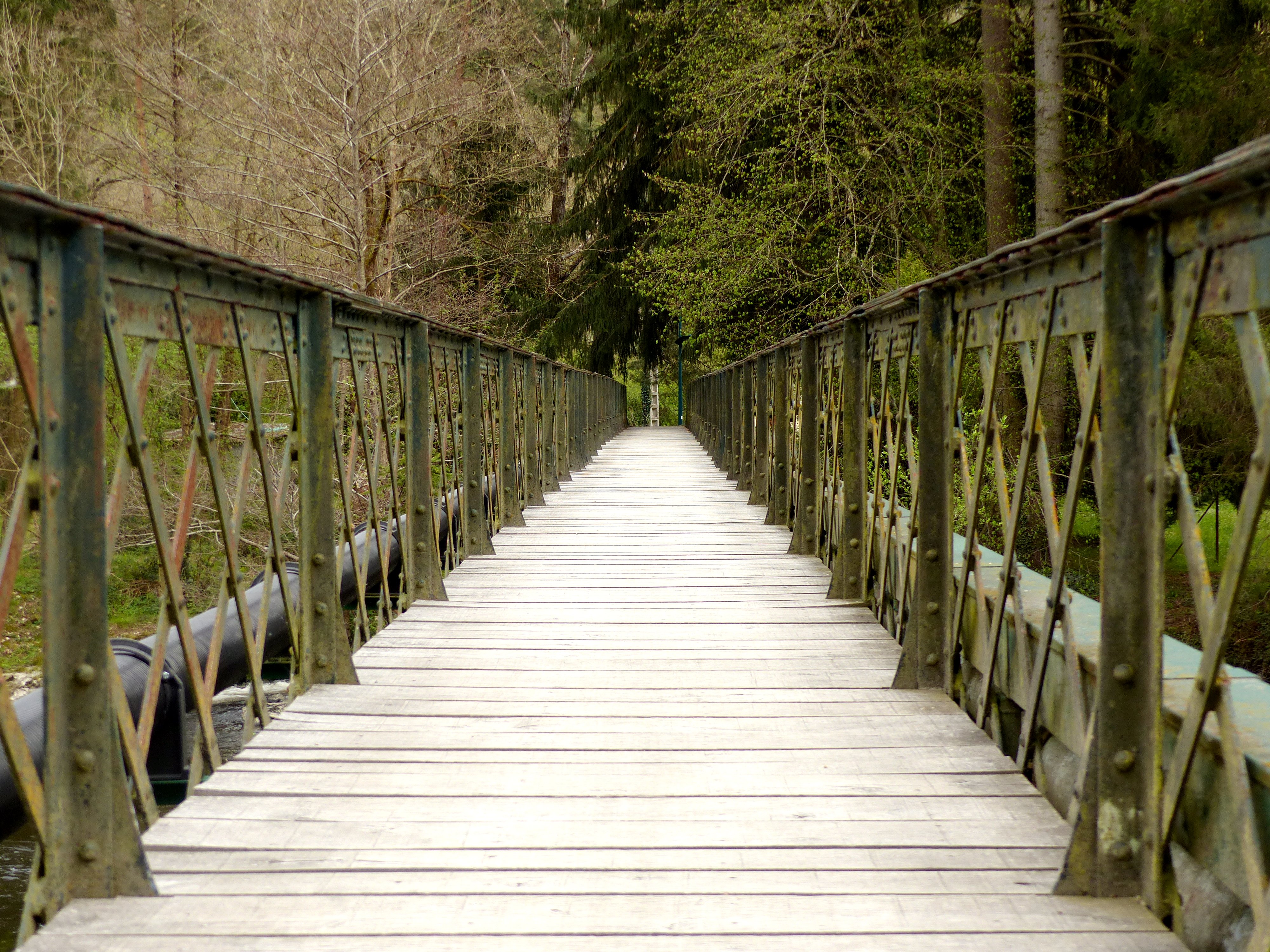The Galaxy S9 and S9+ have a new camera feature that Samsung is calling "Dual Aperture." On the surface, that may sound like your typical techno-jargon, but it actually has some significant implications for the future of smartphone photography.
In a traditional camera like a DSLR, there are three main settings that professional photographers adjust with every shot: ISO, shutter speed, and aperture. Of these three, aperture is perhaps the most important when you consider all the aspects it can affect — lighting, depth of field, and shutter speed, to name a few.
Until now, mainstream smartphone cameras have always had a fixed aperture, meaning there was no way to adjust this all-important setting. Unlike DSLRs, phones don't typically have room for the moving parts that dual aperture would require. However, Samsung has managed to find a way around this problem, and this advancement could fundamentally change mobile photography.
Basics of Aperture
Aperture is simply an opening where light passes through — in photography, this is the hole between the lens and the film. In digital photography, the width of this hole affects how much light is able to pass through and hit the image sensor. Think of it like a camera's pupil.
The measurement for aperture is called f-stop, and it's one of those rare numbers where a smaller digit means a larger opening. When a camera such as the one in the Galaxy Note 8 is said to have an f/1.7 aperture, that means the opening that light passes through is larger than the one on the iPhone X, which has an f/1.8 aperture.
How Aperture Changes Your Photos
A wider aperture allows in more light, resulting in brighter photos if all other settings stay the same. Because of the way your camera lens bends light towards the digital light sensor, a wider aperture also results in more background blur. This shallow depth of field is largely responsible for bokeh, a popular effect recently.

Wider aperture can result in a narrower depth of field and beautiful bokeh effects.
Simply put, you want a wider aperture if you're in a dimly lit area or if you're focusing on something up close. So wide aperture like f/1.7 is typically great for selfies and pictures of people.
But on the flip side of that, wider aperture isn't very good for landscape photos. Narrow depth of field would mean that only certain objects are in focus, while all other areas are blurry. So when you're on vacation taking pictures of landmarks in broad daylight, you want a narrower aperture to help achieve a wider focus range.

Narrower aperture can result in an "infinity focus" effect where objects both near and far from the camera are in focus. This is ideal for landscape photography.
What This Means for Smartphone Photography
Smartphone cameras suffer in low-light situations more than any other, so manufacturers have been racing to put out phone cameras with wider apertures to allow more light to pass through to the image sensor. This, combined with larger image sensors to collect more light, has led to some significant improvement in low-light smartphone pictures recently.

Low-light photo taken on the iPhone 6 at f/2.2 aperture (left) compared to same photo taken on the Pixel 2 XL at f/1.8 aperture (right).

Dallas Thomas/Gadget Hacks

Low-light photo taken on the iPhone 6 at f/2.2 aperture (left) compared to same photo taken on the Pixel 2 XL at f/1.8 aperture (right).

Dallas Thomas/Gadget Hacks
But as aperture grows, certain types of photos are starting to suffer — closeup shots of small items (macro photography) and landscape pictures, in particular. In both of these scenarios, you want a larger depth of field, so you need a smaller aperture.
With macro photography, a larger depth of field means the item you're shooting will be entirely in focus. Same goes for landscape photography, where everything from the trees in the foreground to the mountains in the background will be in focus. A wide aperture would be detrimental to both of these shots.
Enter the S9 and its dual aperture, which lets you switch between f/1.5 and f/2.4.

The Galaxy S9's Dual Aperture camera in action
We haven't had a chance to play around with the Galaxy S9's camera app just yet, but it's not a stretch to assume that this switching could happen automatically. If the camera detects that you're taking a macro or landscape shot, f/2.4 would kick in to make sure everything's in focus. When it sees a dimly-lit room or a person lined up for a portrait shot, it would flip over to f/1.5 and give you that nice bokeh effect.
Now that Samsung has managed to achieve dual aperture on a smartphone, one of the last major hurdles in mobile photography has been cleared. We now have optical zoom thanks to dual-lens cameras, blur-free photos courtesy of optical image stabilization, and several machine learning enhancements you couldn't get on a regular camera. Pretty soon, your phone might take better pictures than your DLSR!
- Follow Gadget Hacks on Facebook, Twitter, YouTube, and Flipboard
- Follow WonderHowTo on Facebook, Twitter, Pinterest, and Flipboard
Cover image via Honza Chylík/Flickr


























Comments
Be the first, drop a comment!